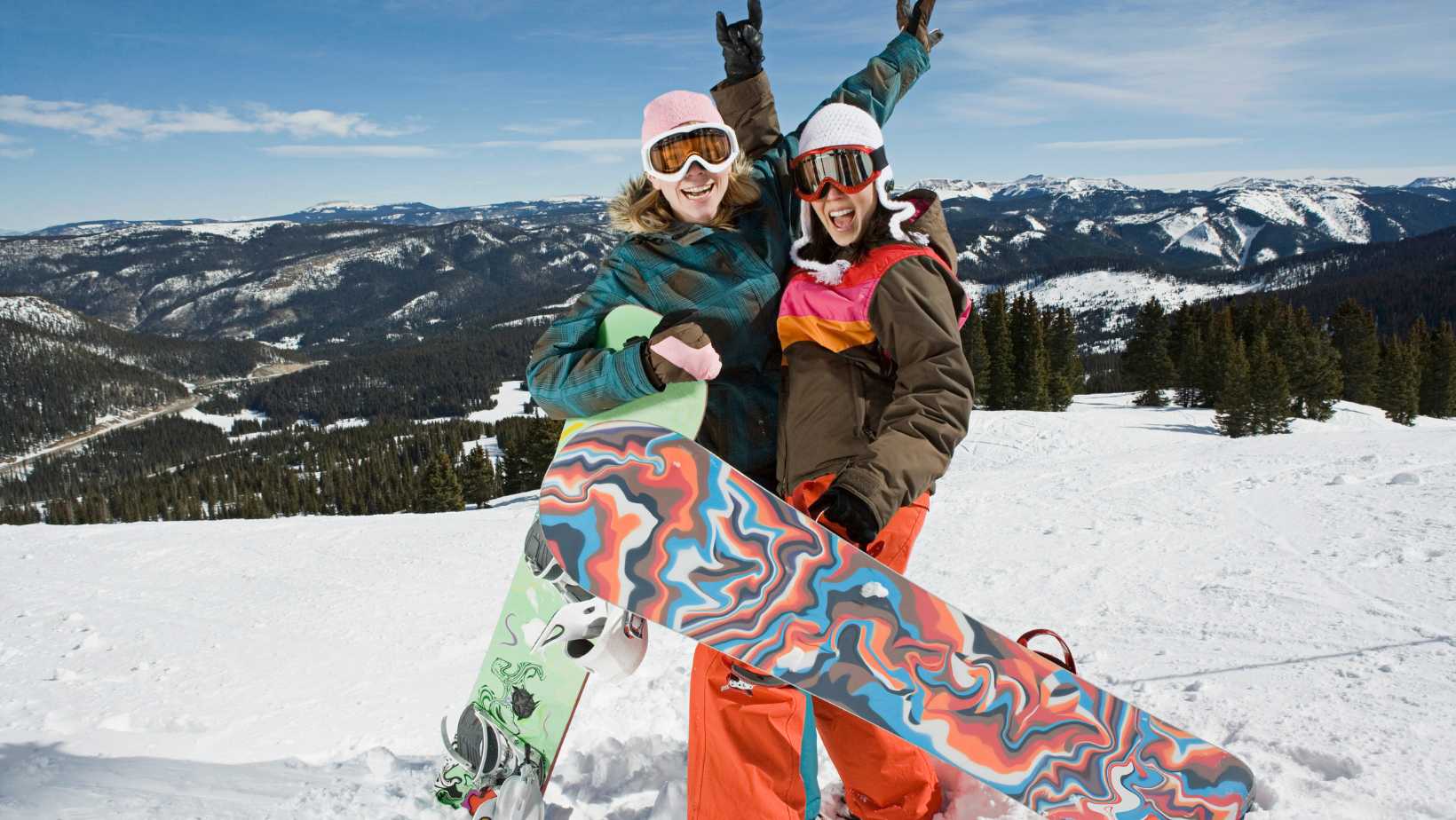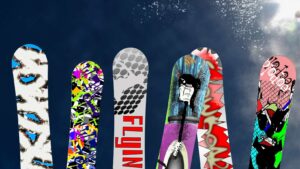It’s easy to get caught up in the excitement of snowboarding and go too fast. But trust us, slowing down is much more fun. Here’s how to do it:
How to slow down on a snowboard
on a snowboard, there are a few different ways to slow down. One way is to sideslip. To do this, you need to turn your board across the fall line and dig your edges into the snow. This will cause you to slow down and eventually stop. Another way to slow down is to do a stem turn. To do this, you need to turn your board so that it is perpendicular to the fall line and then use your heels or toes to dig into the snow and stop yourself.
How to stop on a snowboard
carving – To slow down while carving, you need to apply pressure to your edges. The more pressure you apply, the more your snowboard will slow down. You can also use your brakes if you need to slow down quickly.How to stop on a snowboard- There are two ways to stop on a snowboard, by carving or by using your brakes. To stop by carving, you need to apply pressure to your edges. The more pressure you apply, the more your snowboard will slow down. You can also use your brakes if you need to stop quickly.
How to turn on a snowboard
To turn on a snowboard, you need to know how to edge and use your body weight. You will also need to choose the right line.
When you are ready to turn, shift your weight onto your front foot and release your back foot from the bindings. Dig your front foot into the snow to slow down and then quickly shift your weight back onto your back foot. As you do this, turn your body in the direction that you want to go.
To make a sharper turn, you can do a crossover turn. To do this, keep your weight on your front foot as you release your back foot from the bindings and cross it over the top of your front foot. Then quickly shift your weight back onto your back foot and turn your body in the desired direction.

How to carve on a snowboard
When properly executed, carving provides a smooth, efficient ride with less fatigue than skidding or sliding. It also allows snowboarders to control their speed and direction more precisely. Carving generally requires harder snow, such as that found on man-made slopes or packed natural slopes, rather than the loose powder found in the backcountry.
There are two ways to carve on a snowboard: parallel turns and carved turns. In a parallel turn, the rider points the board straight down the fall line and completes the turn by bringing the nose and tail of the board together at the end of the turn. This type of turn is often used by beginners because it does not require as much coordination as a carved turn.
A carved turn is executed by tilting the board onto its edge and carving into the snow with both edges of the board. The rider then exits the turn by gently releasing pressure on the edges of the board, allowing it to return to a flat position. This type of turn is more difficult to execute but provides a smoother, more efficient ride.
How to ride powder on a snowboard
Slower speeds are generally easier to control on all types of terrain, and this is especially true when riding in powder. When you’re first learning how to ride powder, it’s best to start off slow and gradually build up your speed as you become more comfortable with the conditions.
There are a few different techniques you can use to help you slow down on a snowboard, but the most important thing to remember is to keep your weight centered over your board. If you start to feel like you’re losing control, simply shift your weight back toward the tail of your snowboard and maintain a low stance. You can also try using the toe-side edge of your board to slow yourself down.
If you find yourself going too fast for comfort, there are a few things you can do to emergency brake. One option is to make a wide turn so that you decrease your speed gradually. Alternatively, you can stick out your heel (on the same side as the direction you want to turn) so that the edge of your board catches in the snow and slows you down more quickly. Remember to lean back when doing this so that you don’t end up taking a spill.
When you want to enter the pipe, you will want to slow down so that you have more control. You can do this by carving into the snow with your edges. The steeper the angle that you carve, the more your speed will be reduced. You will also want to keep your knees bent and spring off of the “sweet spot” in order to carve properly.




